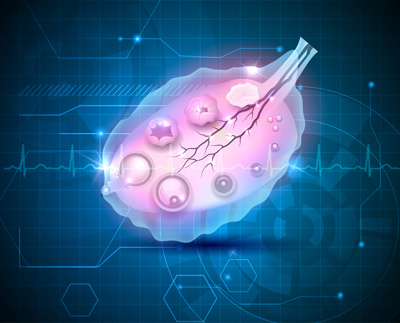Prosthetic ovary implant restores fertility in mice
Posted: 1 April 2016 | Victoria White | No comments yet
Researchers hope to use the technology to develop an ovary bioprosthesis that could be implanted in women to restore fertility…

Scientists have created a prosthetic ovary using a 3D printer that, when implanted in mice that had their ovaries surgically removed, allowed the mice to bear live young.
Researchers hope to use the technology to develop an ovary bioprosthesis that could be implanted in women to restore fertility.
The researchers, from Northwestern University, used a 3D printer to create a scaffold to support hormone-producing cells and immature egg cells, called oocytes. The structure was made out of gelatin. The scientists applied biological principles to manufacture the scaffold, which needed to be rigid enough to be handled during surgery and to provide enough space for oocyte growth, blood vessel formation and ovulation. Using human cell cultures, the researchers determined the optimal scaffold design should have crisscrossing struts that allowed the cells to anchor at multiple points. The scaffolds were seeded with ovarian follicles – the spherical unit that contains a centralised oocyte with surrounding supportive, hormone-producing cells – to create the bioprosthesis.
To test the implant, researchers removed the ovaries of mice and replaced them with the ovary bioprosthesis. Following the procedure, the mice ovulated, gave birth to healthy pups and were able to nurse.
Ovary implant restored oestrous
Implanting the prosthetic ovary in mice also restored the oestrous, or female hormone cycle. Researchers theorise a similar implant could help maintain hormone cycling in women who were born with or have undergone disease treatments that have reduced ovarian function. These women often experience decreased production of reproductive hormones that can cause issues with the onset of puberty as well as bone and vascular health problems later in life.
“We developed this implant with downstream human applications in mind, as it is made through a scalable 3D printing method, using a material already used in humans,” said Monica M. Laronda, PhD, a postdoctoral research fellow at Northwestern University’s Feinberg School of Medicine. “We hope to one day restore fertility and hormone function in women who suffer from the side effects of cancer treatments or who were born with reduced ovarian function.”
The implant’s scaffold structure supported the growth of blood vessels in the mice without the use of any substances to stimulate the process. Using manufacturing techniques inspired by human biology, the researchers developed a scaffold that interacts with the body’s tissues. This process could influence future work on complex soft tissue replacement, Laronda said.
Related organisations
Northwestern University


